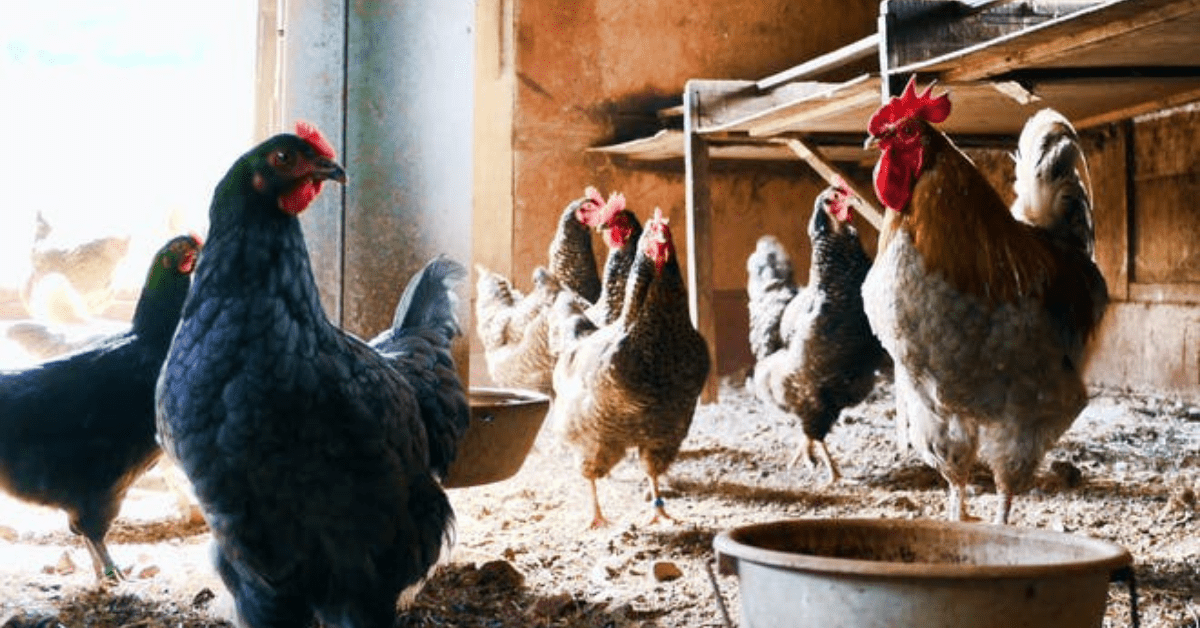The quality of all crops, including the food we eat each day, is directly linked to the quality of the soil in which they grow. Soil is not the same thing as dirt. Dirt is rocks and grit, and things you sweep up off your floor. Healthy soil is a rich and living ecosystem of microorganisms that promotes healthy plant growth and supports the overall health of our climate.
That’s a lot to take in. What most people consider the ground you walk around on is a vital component of our survival. Keeping the soil healthy goes a long way toward keeping the human population healthy.
This article will help you identify what makes up healthy soil, how to cultivate and care for soil upkeep, and what you can do to make sure your soil is the proper composition for optimal yield.
Healthy Soil Beings With Knowing What’s in It
No matter what type of organic matter you plant and harvest, it’s essential to know the condition of your soil. The right balance of microbial components regulate plant growth and nutrient uptake. The best way to understand the health of your soil is with a PLFA soil analysis.
PLFA (Phospholipid Fatty Acids) test results reveal the microbial biomass in your soil. This analysis can help you maintain proper soil care and improve crop productivity.
Improve the Health of Your Soil
Once you know what’s in the soil, it’s time to improve and/or maintain its health. According to Penn State University, these soil tips are key to creating a productive and profitable agricultural system.
Nutrient Cycling
Every soil has a combination of organic and inorganic matter that serve as nutrients to your plantings. Cycling the amount and types of these elements will help you provide the nutrients required for maximum plant growth and yield.
Controlling Pests
Healthy soil contains many organic elements that attract predatory insects. They feed on the nutrients in your soil and weaken its efficacy. You can reduce the presence of these pests organically by introducing spiders and beetles to counter the population of insects, slugs, and weeds.
Manage the Air and Water Supply
Crops require water and oxygen for growth. Your soil must contain both between the soil particles. Aerating your soil will increase the soil’s capacity to hold and absorb water.
Soil that contains a healthy amount of oxygen and water will crumble easily when handled instead of breaking apart in large clumps.
Use Cover Crops
During cold winter months, planting cover crops can reduce the likelihood of soil erosion since they cover the soil during the off season. Cover crops also enhance organic matter, and maintain the health of your soil and stabilize its composition.
Soil Science
Soil is a complex ecosystem of organic and inorganic matter that works together to provide nutrients to planted crops. Determining the health of your soil is possible with lab analysis like PFLA testing. And you can continually monitor and adjust the health of your soil with the nutrient cycle, pest control, and other horticultural measures.
Healthy soil is key to the health and yield of your crops. To ensure the highest quality and maximum quantity, consider the soil first.
For more health-related ideas and articles, explore the rest of our site.










